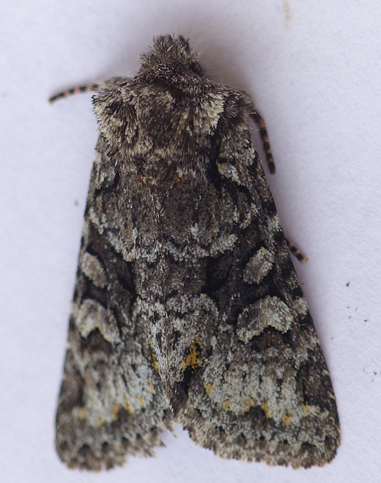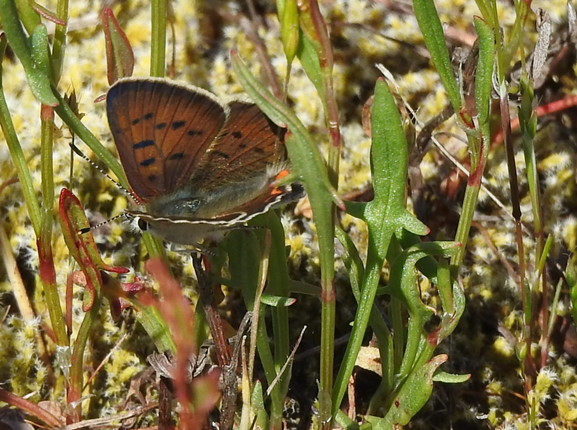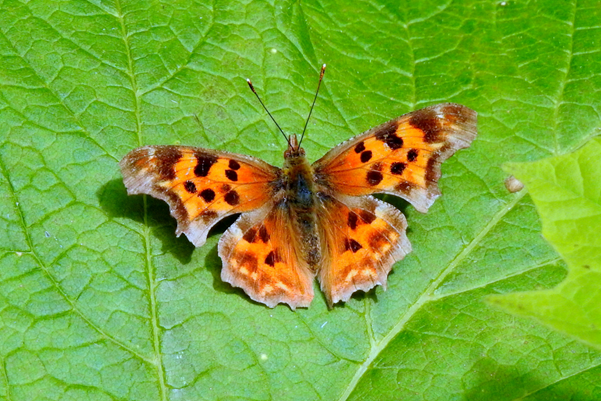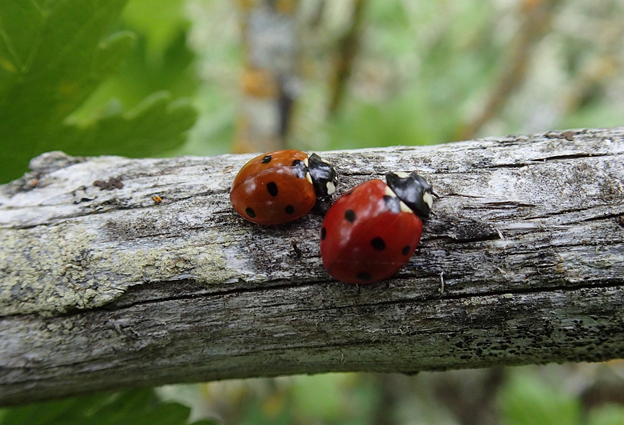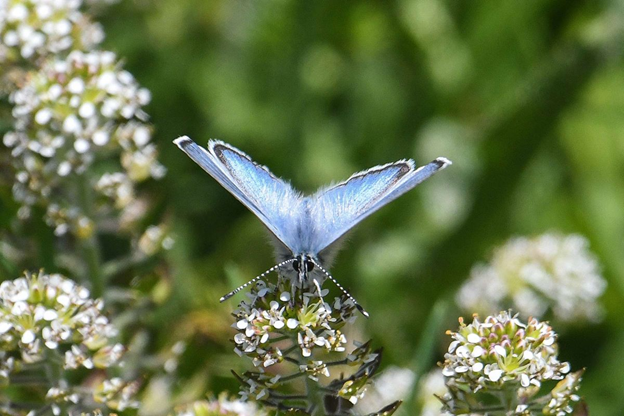2020 May 23
Jeremy Tatum writes: I tried to look for the Field Crescent today, without success. The field on West Saanich Road about a km north of Stelly’s Cross Road next to the cemetary, where there was a big colony of the butterfly, was, as Ron pointed out late last year, totally destroyed. Eddy’s storage now has a large number of gigantic trailers and other vehicles parked there, and the area is obviously now very much disturbed. I don’t think we are going to see Field Crescents there again. I don’t know of anywhere else in the southern Vancouver Island birdwatching area where they occur. We may have lost this one.
Jochen Möhr’s moths from Metchosin this morning:
1 Egira rubrica
1 Eupithecia cretaceata
1 Hydriomena sp.
1 Lacinipolia cuneata/pensilis
2 Tyria jacobaeae
1 Xanthorhoe defensaria
and an unknown ichneumonid pictured from above and below.

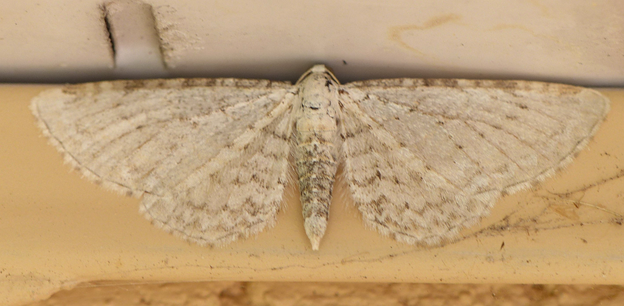
Eupithecia cretaceata (Lep.: Geometridae) Jochen Möhr

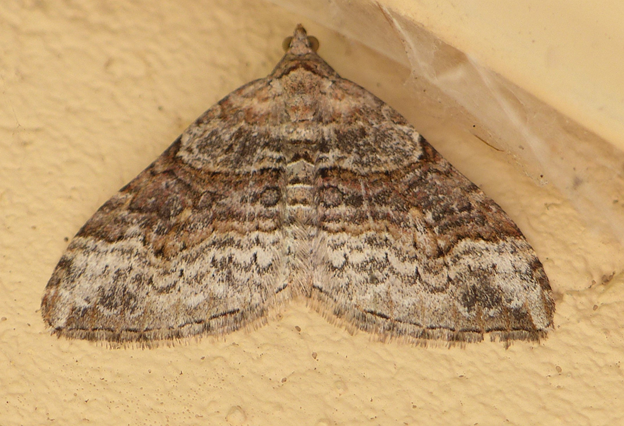
Xanthorhoe defensaria (Lep.: Geometridae) Jochen Möhr
Jeremy Tatum writes: In an earlier version of this posting, I had confidently labelled Jochen’s next photograph as Lacinipolia pensilis. Since then, Jeremy Gatten, Libby Avis and I have had some discussion, and we have concluded that L. pensilis and L. cuneata are not the easiest moths in the world to distinguish! For the time being I am relabelling this moth and the one from May 22 as L. cuneata/pensilis, putting cuneata first to indicate that we think this is the more likely for both photographs.
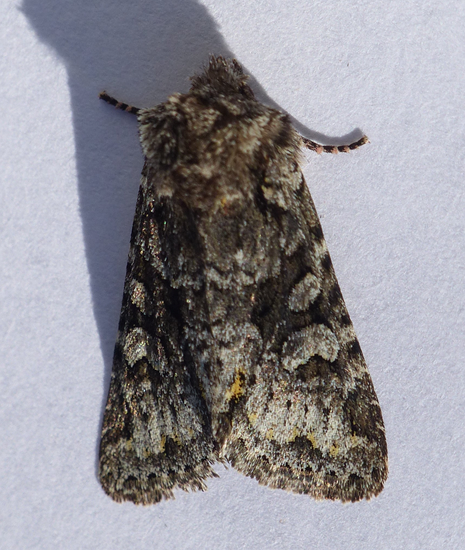
Lacinipolia cuneata/pensilis (Lep.: Noctuidae) Jochen Möhr

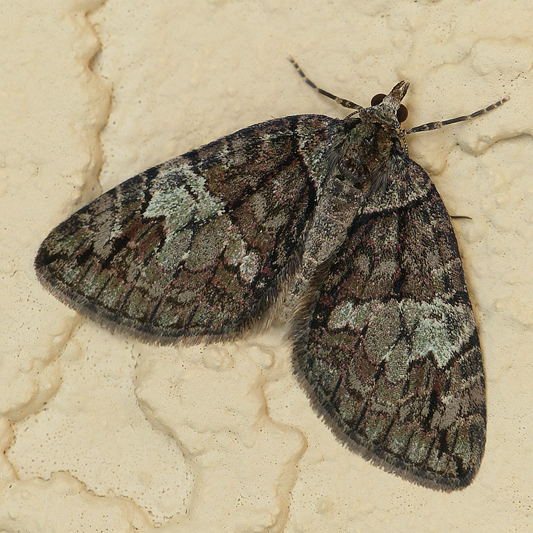
Hydriomena marinata/californiata, (Lep.: Geometridae) Jochen Möhr
Jeremy Tatum writes: Ichneumonids are notoriously difficult to identify. I am going to label this one “probably” Ophion luteus, but maybe “probably” is a bit optimistic, and perhaps I should write “possibly”.

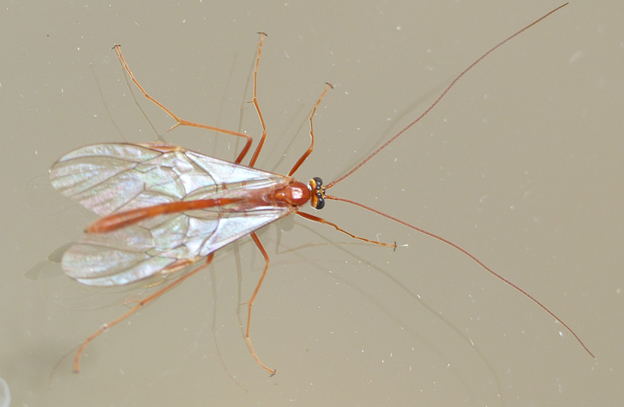
Probably Ophion luteus (Hym.: Ichneumonidae) Jochen Möhr

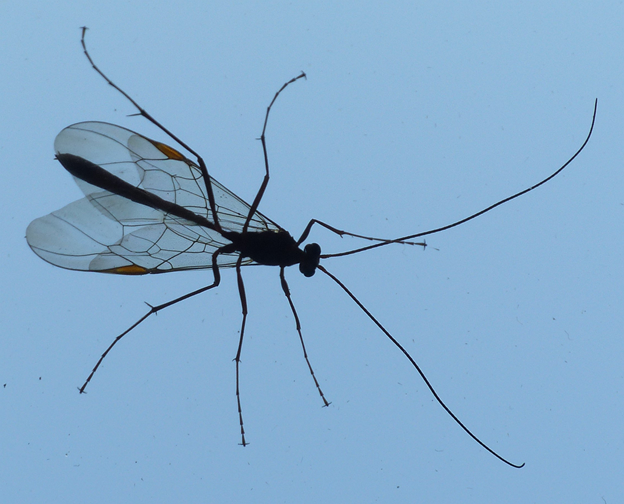
Probably Ophion luteus (Hym.: Ichneumonidae) Jochen Möhr





